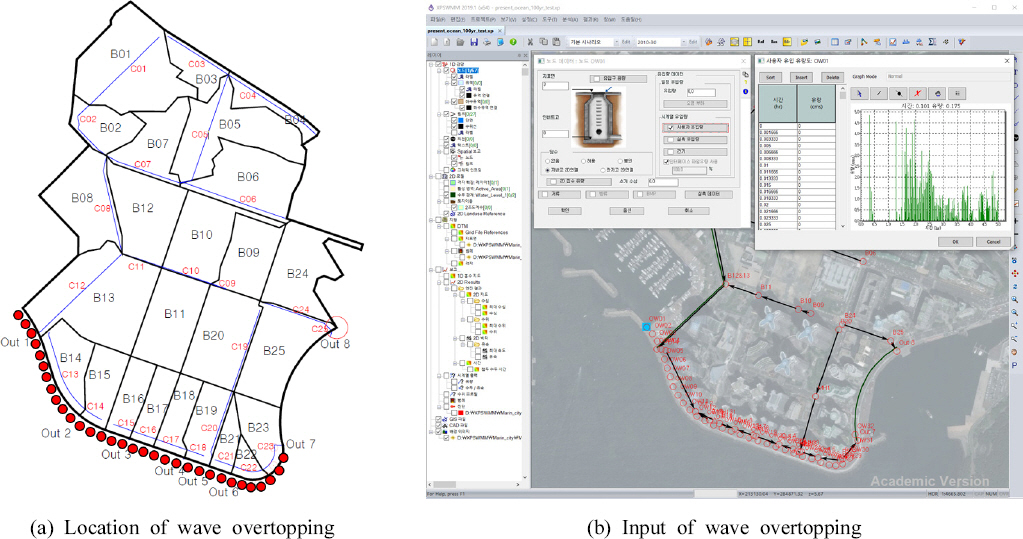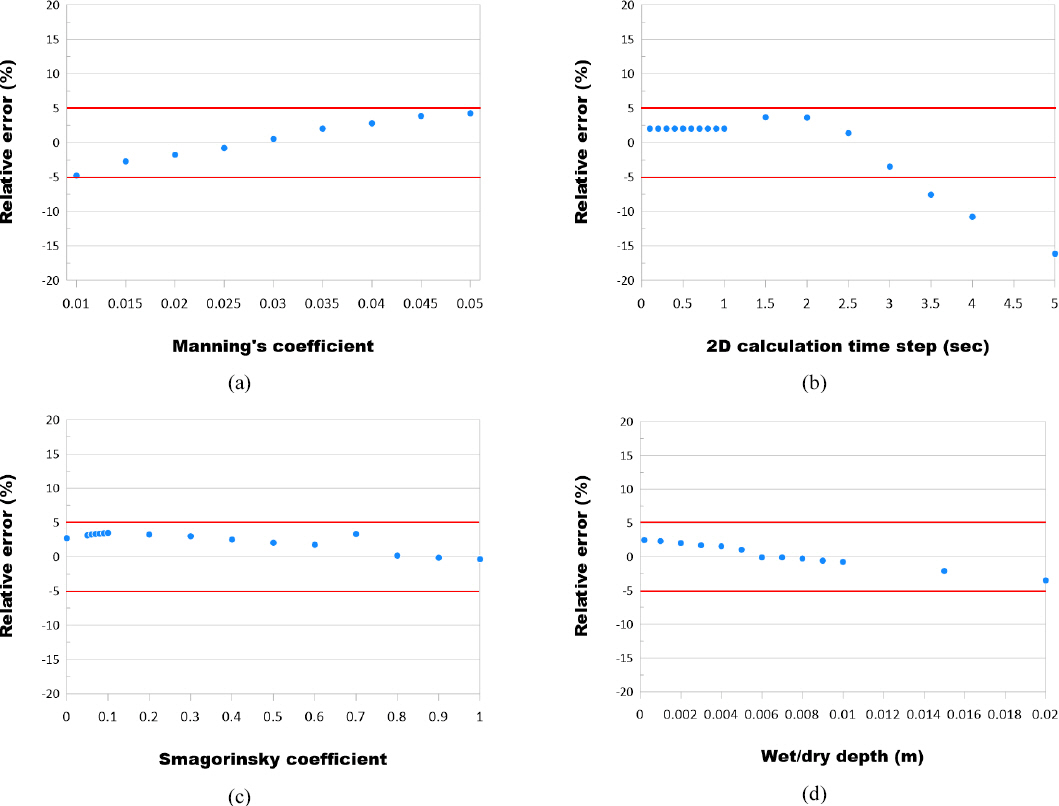1. Barco, J, Wong, K.M, and Stenstrom, M.K (2008) Automatic calibration of the U.S. EPA SWMM model for a large urban catchment.
Journal of Hydraulic Engineering, Vol. 134, No. 4, pp. 466-474.

2. Chae, J (2004). Study of runoff management scheme in urbanization area using XP-SWMM. Master of Science, Paichai University, Daejeon, Korea.
3. Chapra, S.C (2008). Surface water-quality modeling. Waveland press.
4. Cho, J, and Lee, J (2006) Parameter optimization for runoff calibration of SWMM. Journal of Environmental Impact Assessment, Vol. 15, No. 6, pp. 435- 441.
5. Crowder, R, Van der Leer, D, and Kovacevic, S (2006). Integrated modelling of sewers, rivers and overland flows. WaPUG Autumn Conference, Blackpool.
6. Huber, W.C, and Dickinson, R.E (1988). Stormwater management model, version 4:user's manual Ver. 2.1. U.S. Army Corps of Engineers.
7. Javaheri, H (1998). Automatic calibration of urban run-off models using global optimization techniques. Master of Science, McGill University, Montreal, Canada.
8. Kang, T (2013). Embedding an adaptive penalty function in the SCE-UA and its application to parameter estimation of a watershed runoff simulation model. Ph.D. dissertation, Pukyong National University, Busan, Republic of Korea.
9. Kang, T, and Lee, S (2014) Development on an automatic calibration module of the SWMM for watershed runoff simulation and water quality simulation.
Journal of the Korean Water Resources Association, Vol. 47, No. 4, pp. 343-356.


10. Kang, T, Lee, S, and Sun, D (2019) A technical review for reducing inundation damage to high-rise and underground-linked complex buildings in Coastal Areas (1):proposal for analytical method.
Journal of Korean Society of Hazard Mitigation, Vol. 19, No. 5, pp. 35-43.


11. Kang, T, Sun, D, and Lee, S (2021) Analysis on inundation characteristics by compound external forces in coastal areas. Journal of the Korean Water Resources Association, Vol. 54, No. 7, pp. 463-474.
12. Lee, S, Kang, T, Sun, D, and Park, J.J (2020) Enhancing an analysis method of compound flooding in coastal areas by linking flow simulation models of coasts and watershed.
Sustainability, Vol. 12, No. 16, pp. 6572.

13. Mays, L.M (2001). Stormwater Collection Systems Design Handbook. New York:McGraw-Hill.
14. Park, J, Kang, T, and Lee, S (2017) Evaluation of accuracy depending on pipe network density in urban flood inundation analysis using the SWMM.
J. Korean Soc. Hazard Mitig., Vol. 17, No. 1, pp. 71-78.

15. Saltelli, A, Aleksankina, K, Becker, W, Fennell, P, Ferretti, F, Holst, N, et al (2019) Why so many published sensitivity analyses are false:A systematic review of sensitivity analysis practices.
Environmental modelling &software, Vol. 114, pp. 29-39.

16. Son, A.L, Han, K.Y, and Choi, Y.J (2014). The Study on Inundation Analysis for Management of Emergency State in Urban Area. 2014 conference of Korea Water Resources Association. Korea Water Resources Association.
17. Song, G.U, and Lee, C.H (2015). Climate change adaptation measures in Busan coastal areas. Busan Development Institute, 2015-08-616.
18. Tak, Y.H, Kim, Y.D, Kang, B, and Park, M.H (2016) Sewer overflow simulation evaluation of urban runoff model according to detailed terrain scale.
Journal of Korea water resources Association, Vol. 49, No. 6, pp. 519-528.


19. Temprano, J, Arango, Ó, Cagiao, J, Suárez, J, and Tejero, I (2006) Stormwater quality calibration by SWMM:A case study in Northern Spain.
Water Sa, Vol. 32, No. 1, pp. 55-63.

20. WBM Oceanics (2018). TUFLOW Classic/HPC User Manual. User manual, Brisbane.
21. XP Software (2005). XP-SWMM EXPert Stormwater and Wastewater Management Model. Reference Manual, Canberra, Australia.
22. Zaghloul, N.A, and Abu Kiefa, M.A (2001) Neural network solution of inverse parameters used in the sensitivity-calibration analyses of the SWMM model simulations.
Advances in Engineering Software, Vol. 32, No. 7, pp. 587-595.


















